I also noted, it was the first (adventure-based) team building activity I learned (after the ice breakers of course) when I took my first Project Adventure training. Pipeline is still one of the most universal activities I know - it works with almost any age group (I've done it with Kindergartners using foam noodles) and any sized group (I've done it with over 100 participants all moving objects to the same destination). And the story continues....
Then Deb set up the idea of working together to move one marble from one point of the field to a bucket out in the field. First they worked together as independent classes and then, eventually, created one (super) long line of four classes to move one marble into the bucket. (The theme of the day included accomplishing things together.)
Let me (and Deb & David) know how this works for you and what word/phrases you choose to use on your bridges! Leave us a Comment below.
Have FUN out there!
Chris Cavert, Ed.D.

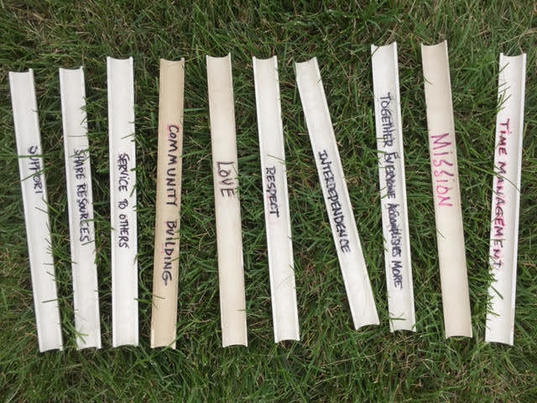
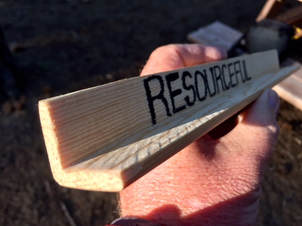
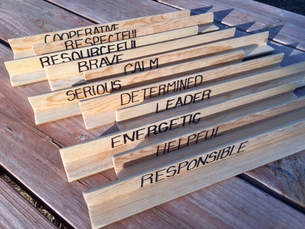
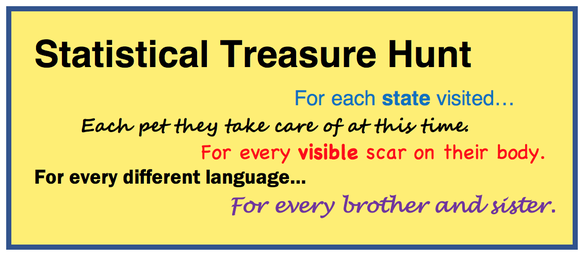
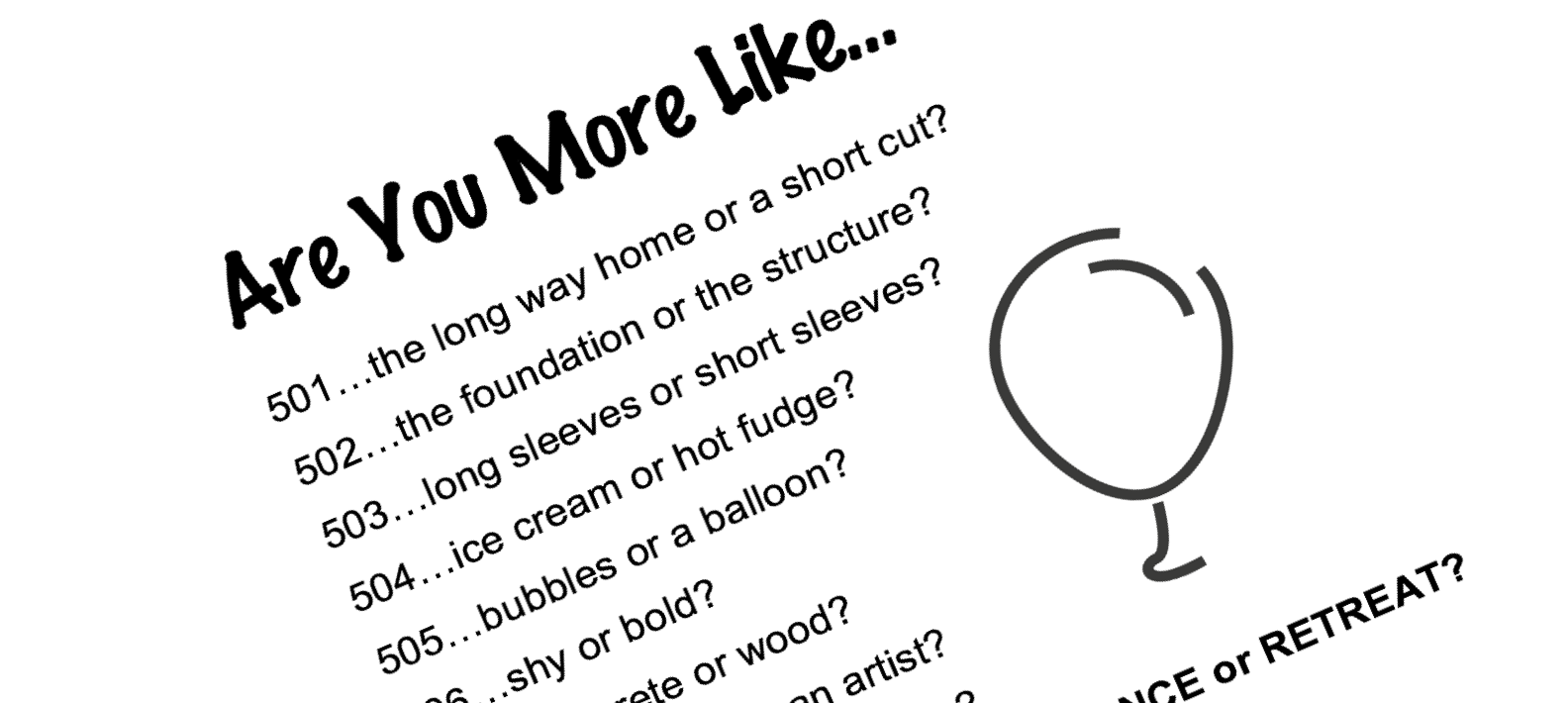
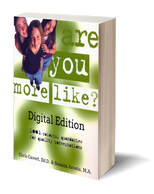





 RSS Feed
RSS Feed